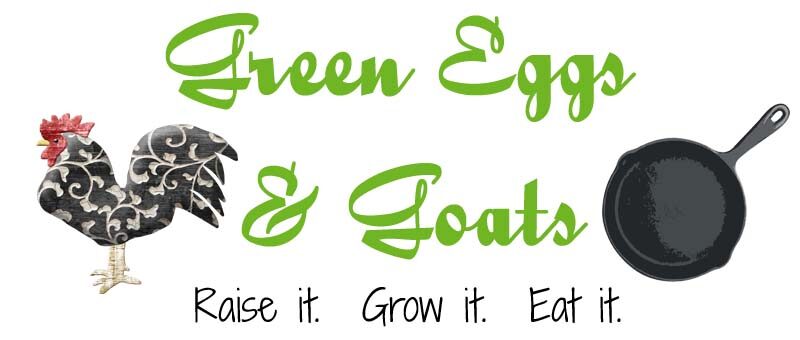Hello again! This is part two of our question and answer discussion on raising meat chickens! If you missed part one, click here and catch up! I am doing my best to answer questions I’ve received based on our past and present experience raising chickens for meat. If you have a burning question, feel free to leave it in the comments!
Questions & Answers
When do I move the chicks out of the brooder? This is going to sounds like a vague answer, but when it’s time, you’ll know. There comes a day when you just look at your rapidly growing birds and say “That’s it, you’re evicted!” Usually it comes for me when I can’t keep the feeders and waterers full because they are eating and drinking so much. We reached that point last weekend with our birds. They had two large chick feeders and two 1 gallon waterers and I was filling them all. the. time. It was time for them to move on up to the big boy feeder and the chicken nipple waterer!
What if they aren’t fully feathered? Actually, if you are raising Cornish Cross chickens, it is unlikely that they will even be fully feathered at harvest time. (This helps with the plucking, by the way!) You just have to go with it. It is still a little cool here, so we just ran an extension cord to the coop and took the heat lamp to them in the pasture. If this isn’t possible for you, just use your best judgement to keep them as warm as possible.
What kind of coop do they need? We built an A-frame pasture coop when we first got started with chickens. Our layers now have a spot in the barn, so now we use the coop for raising meat chickens and it works very well. We got the instructions from this website. Joel Salatin of Polyface Farms also has a popular design for a pasture coop. You can see one family’s rendition of it here.
How often do you move the coop? At first, we aim for a daily move. By harvest time, we are moving the coop 2 or even 3 times a day to keep the birds on fresh grass and to keep the smell down. Just pay attention to your birds. You will know if they need a move! Of course be sure to make sure they have food and water every time you check on them. Their only real job is to grow, so make sure they have the tools!
Next time we will begin to talk about harvesting and processing the birds, so be sure to post your questions in the comments so they can be included!
Read part 3 here!
If you like this post, you might also enjoy my “feathered friends” Pinterest board. And don’t forget to sign up for Beulah’s mooooooosletter so you don’t miss future installments of this series!
***This post contains affiliate links. A small percentage of the purchase price of items bought here will go toward keeping this blog up and running and food in Beulah’s bowl, so thanks!***




I have 20 Cornish Rocks that are about a week old in the brooder. We will pasture them once they are ready to be out from under the heat lamp. I would love to hear tips for plucking especially this many at one time. We would really love to have a plucker but I do not see this in the cards by harvest time. Thus far we have only processed roosters via the hot water bath and hand plucking method and I am not sure I have the stamina to make it through that many birds.
Hi, thanks for the question. I’ll give you the short and sweet answer here, and I’ll try to answer more in depth in my post later in the week, OK? One difference we found between plucking roosters vs. cornish cross chickens is that the Cornish never got fully feathered, so the job of plucking them was MUCH easier than plucking the roos! They also sell pluckers that attach to a drill. I bought one, but I failed to make sure it fit on my drill. DOH! We plucked all 25 by hand. It wasn’t fun, but we got the job done eventually. Here’s a link to a drill plucker: http://amzn.to/1hzLUKP *affiliate link* I hope this helps!
Pingback: Raising Meat Chickens Q&A (part 3) - Green Eggs & Goats
Pingback: Raising Meat Chickens